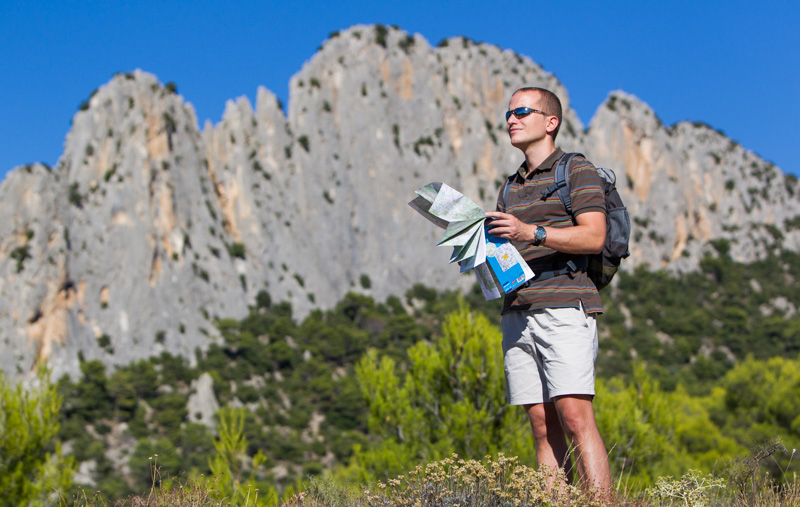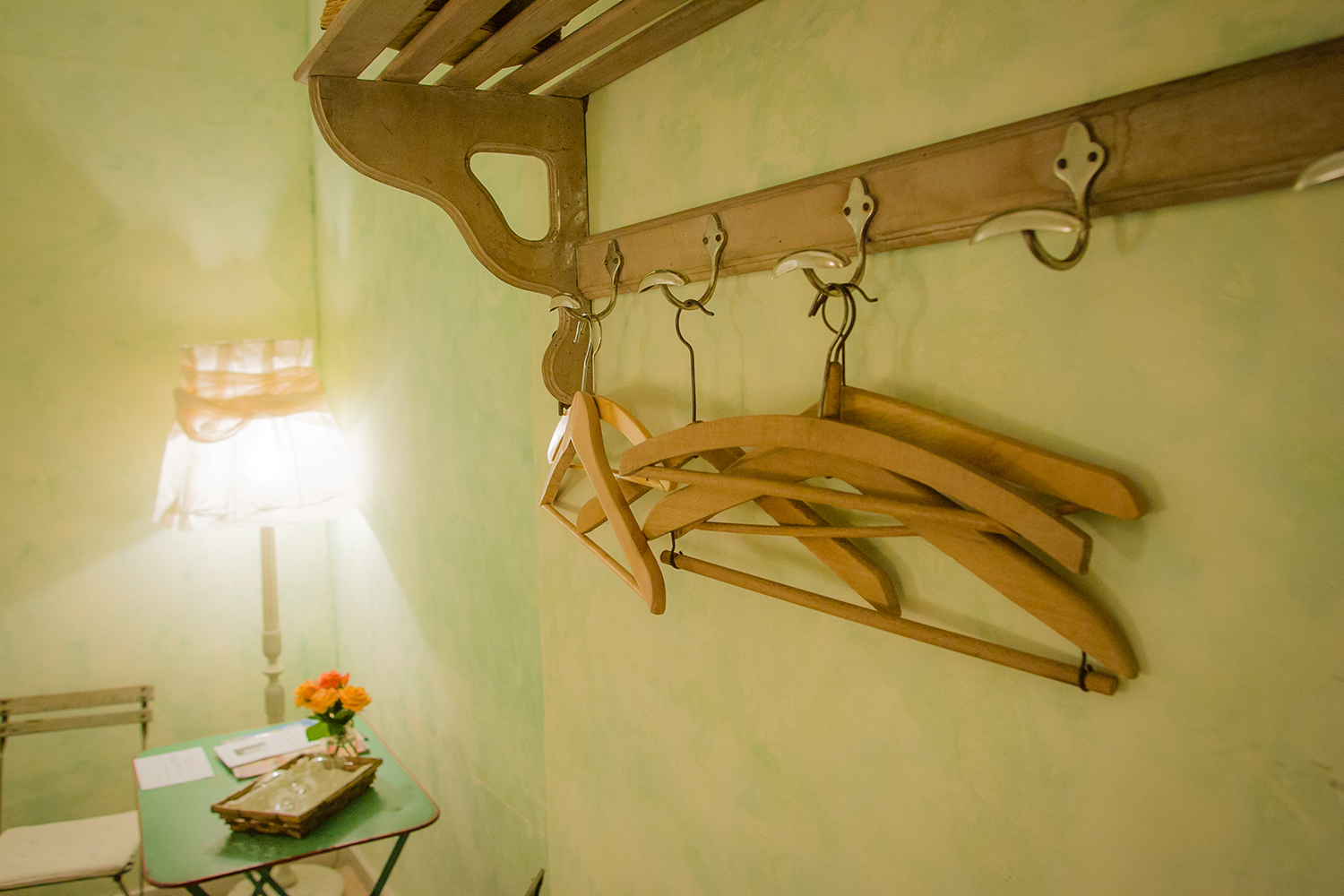Alpine pastures, forests and mountains of the Pays Diois
Come and smell the spring-time fragrances of our valleys carpeted with carnations, gentians, daffodils and orchids.
Walk beneath the canopy of pine trees, oaks and beeches and breathe in the earthy autumnal smells of mushrooms,
the sharp odour of a flock of sheep in the open air on mountain tops.
After a day of skiing or snow-shoeing, share a bowl of soup or a hot chocolate amongst friends by the fire place.

South of the Pays Diois is the Baronnies Provençales Nature Regional Park. Created in 2014 it is the gateway to Provence and its renown landscape of lavender, aromatic plants and olive trees.
North East of our region lies the Vercors Nature Regional Park designated in 1970. It has been particularly proactive in the re-introduction of emblematic animals such as ibexes (wild goats) in the Cirque d’Archiane cliffs, griffon vultures in the area of Chamaloc and the bearded vulture in the outskirts of Treschenu-Creyers/Châtillon-en-Diois.
Today the Hauts Plateaux Nature Reserve (17 000 ha) is the heart of the Vercors. Pastoralism, is the main activity practiced on the plateau, it has not only shaped the landscape but also provided flocks of sheep with green and fresh pastures in summer, providing grounds for the transhumance. With its lands free of roads or human habitation, the Reserve is much-loved for its wild open spaces by hikers and professional guides alike.
NATURA 2000 Sites
* Aucelon : designated for the grassland, heathland, cliffs and forests of the Aucelon Mountain.
* Lus-la-Croix-Haute : ‘the heathland, grassland, forest and wet meadows of Lus-la-Croix-Haute’.
* Valdrôme : designated for the Grassland, forests and rocky habitats of l’Aup and la Sarcena Mountains.
These nature sites have been identified for their distinct or endangered wild life species. The Natura 2000 program aims at balancing out the preservation of the environment and economic concerns. Find out more…
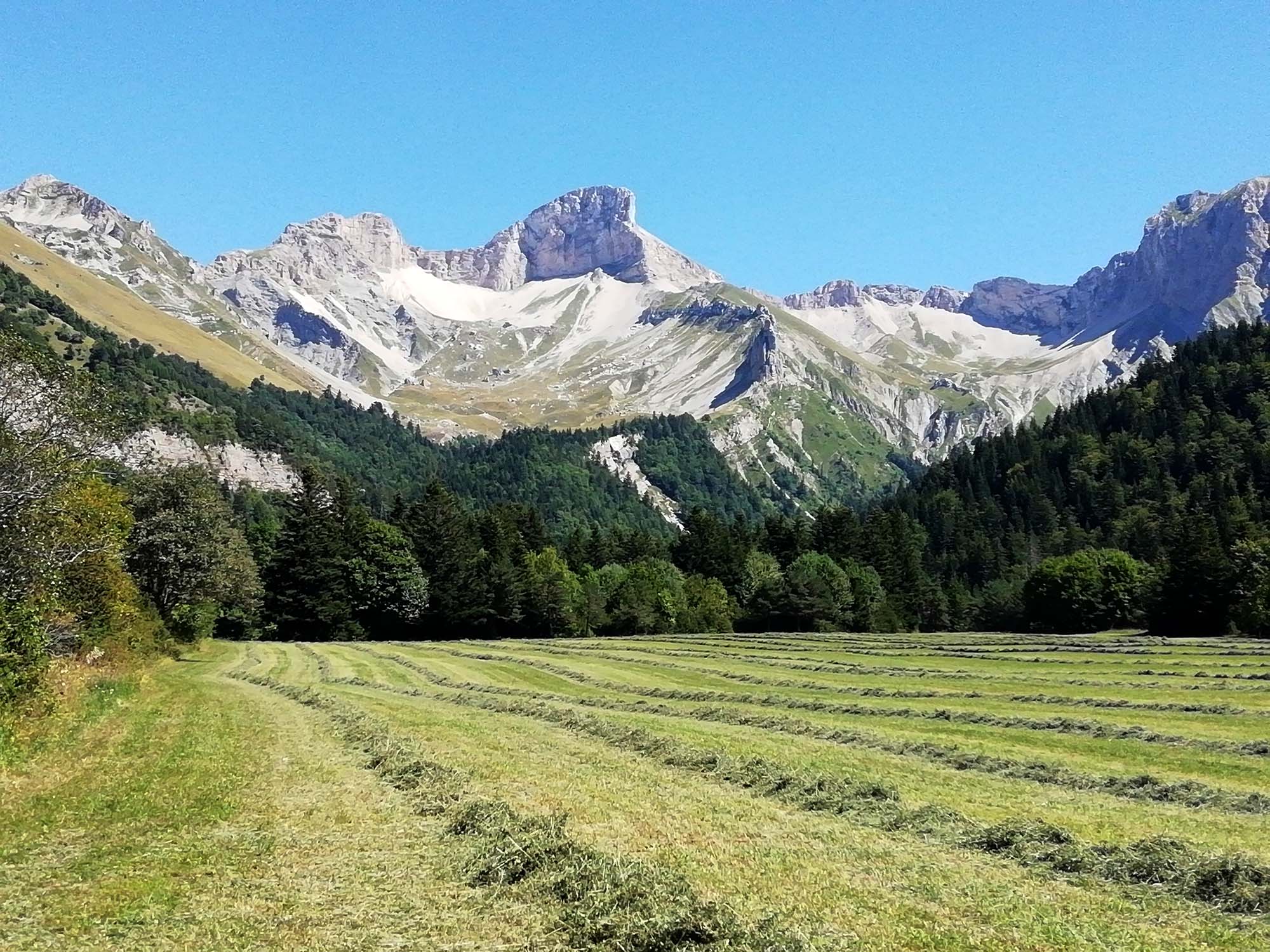
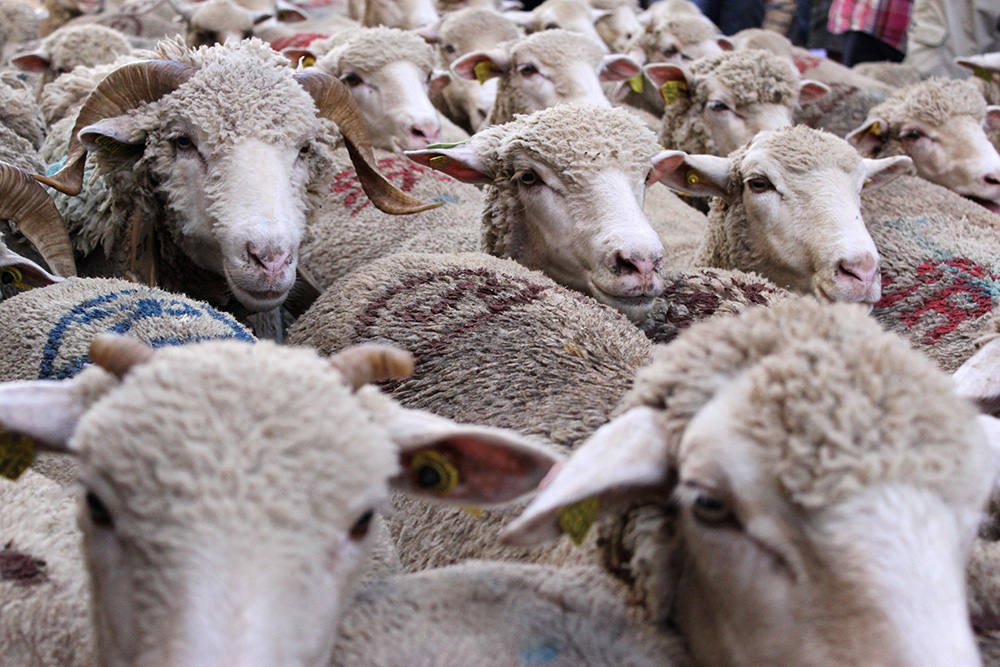
THE TRANSHUMANCE
From June to September the Alpine pastures host many flocks, mainly sheep, thus maintain an age old tradition dating back to Prehistoric times. Please help the shepherds by closing the gates behind you when you hike and avoid the herds and their sheep dogs, called the ‘patou’.
WHAT ABOUT THE VULTURES ?
The Pays Diois is one of the rare area to host all 4 European vultures:
* The Griffon Vulture with a wingspan of 255 to 280 cm, is the most commonly spotted in our skies. Its chest and belly are fawn and its back is brown.
* The Cinereous Vulture is one of the biggest vulture in the world with a wingspan of 3 meters. With its dark brown body, it is easily spotted.
* The Egyptian Vulture is a lot smaller (150 to 170cm wingspan, half the size of its congeners!), with a white and yellowish plumage and dark areas at the back of its wings. Its head is relatively small and generally more yellow than the rest of its body.
* The Bearded Vulture is a large bird with a wingspan ranging from 260 to 280 cm wide, its plumage is very contrasted: dark grey on the wings, white to orange on the head and belly. As the bone breaker, it is the last bird to intervene in the scavenger’s food chain.
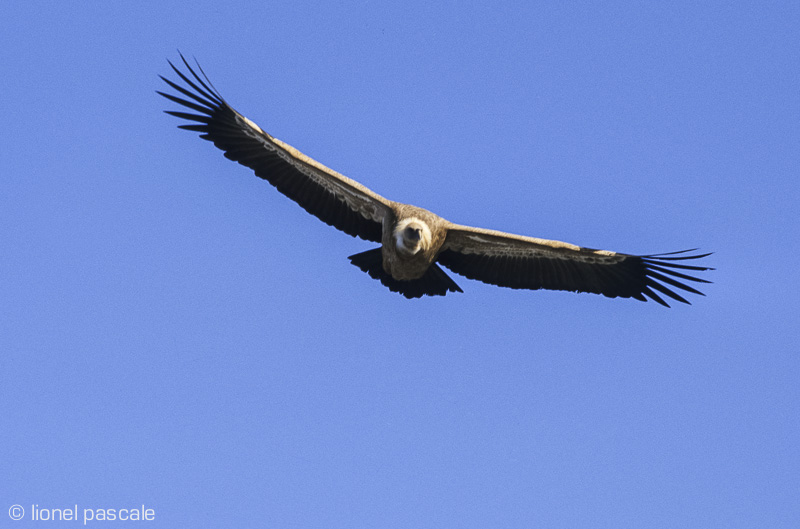
Do you want to find out more ? : You can visit two dedicated sites, one at Chamaloc and one at the ‘Cirque d’Archiane’. You will find information panels and binoculars to learn more about the kings of the sky. You can also call in at Die, Châtillon-en-Diois and Lus-la-Croix-Haute Tourist Information Centres to discover real size specimens !

